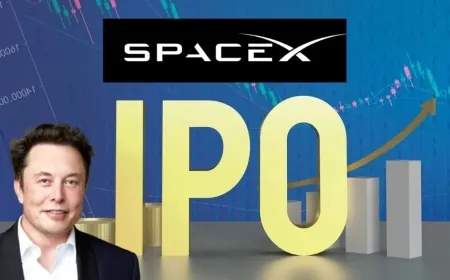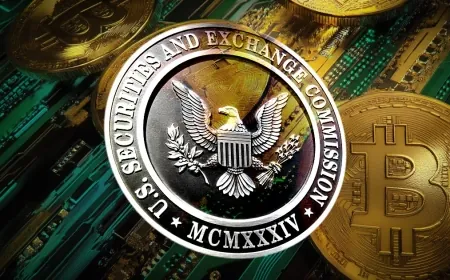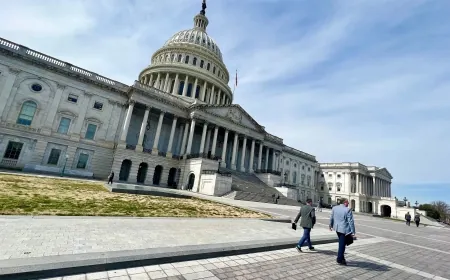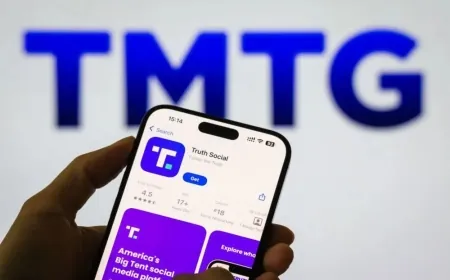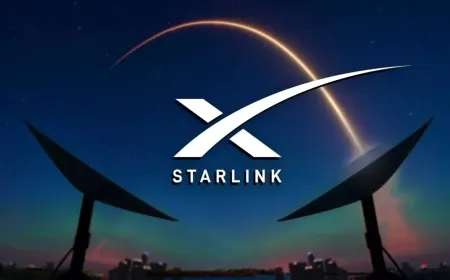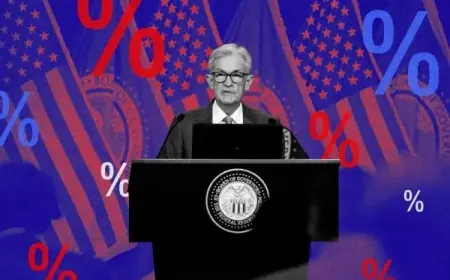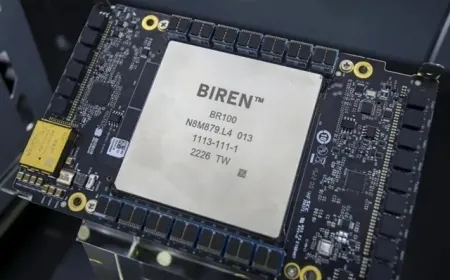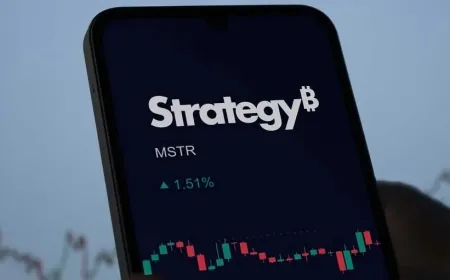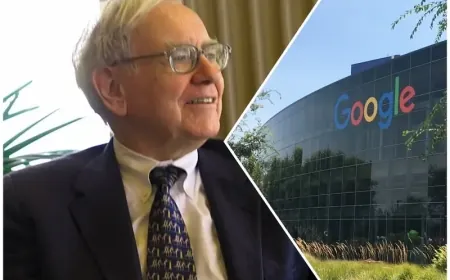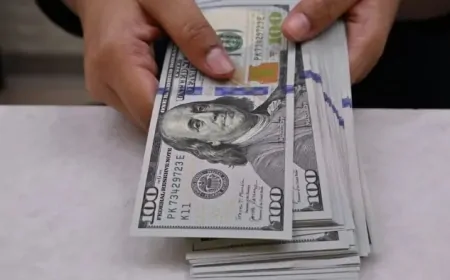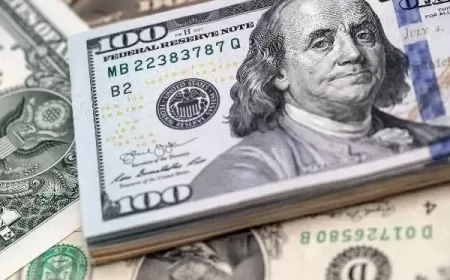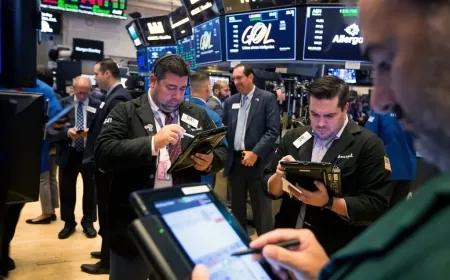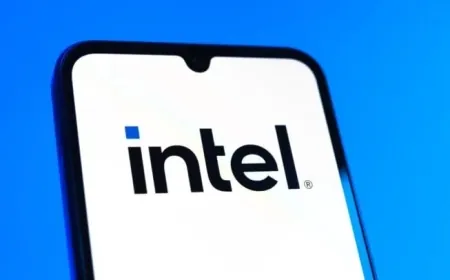Nvidia Secures US Approval to Resume AI Chip Sales in China After Billion-Dollar Loss
Nvidia shares surge past $171 after the company says it’s set to resume H20 AI chip sales in China, potentially recovering billions in lost revenue from the recent US export ban.
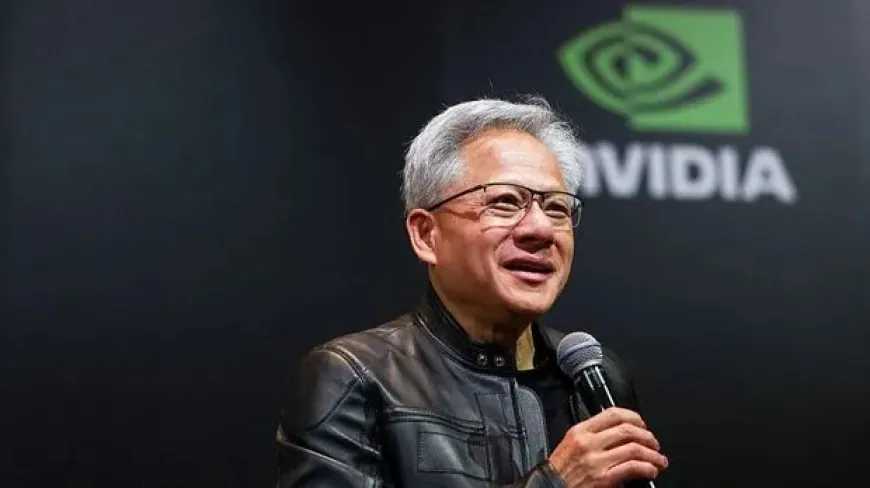
Nvidia shares surged over 5% Tuesday morning after the company confirmed it has filed the necessary paperwork to restart sales of its H20 graphics chips to China. According to Nvidia, the US government has assured the company that export licenses will be granted, clearing the path for shipments that have been frozen since April.
The company shared the update in a blog post late Monday night, saying it expects to begin deliveries soon.
This news sent Nvidia stock climbing to over $171 in early trading, extending the company’s run of record highs. Last week, shares closed at $164.92, setting a new benchmark before Tuesday’s surge.
The H20 GPU: A Workaround for Washington’s AI Restrictions
Nvidia originally developed the H20 chip as a scaled-back version of its high-performance Hopper AI processors, specifically for the Chinese market. The chip was part of Nvidia’s effort to comply with US restrictions that block sales of the most advanced AI hardware to China over national security concerns.
Despite these adjustments, the US government imposed a fresh round of export controls in April, halting H20 sales and costing Nvidia billions in lost revenue. According to company filings, the ban erased $2.5 billion in sales during the first quarter of fiscal 2026, which ended on April 27. Nvidia warned that if the restrictions continued, it could face an additional $8 billion revenue shortfall in the second quarter.
China Sales Are Critical to Nvidia’s Growth
China accounts for roughly 13% of Nvidia’s annual revenue, making it one of the company’s most important markets. The halt in GPU shipments cut off a key growth channel, particularly in the AI and data center segments where Chinese demand has been expanding rapidly.
Nvidia CEO Jensen Huang has called the situation “deeply painful” for the company. He has also made it clear that Nvidia can’t develop a new AI chip for China under the current US rules, leaving the H20 as its best option for staying in the Chinese market.
Jensen Huang’s High-Stakes China Visit
Last week, Huang met with President Donald Trump at the White House to discuss the impact of the export restrictions. After the meeting, he traveled to Beijing for his second visit to China this year. Huang is scheduled to hold a press event in Beijing on Wednesday, where he’s expected to discuss Nvidia’s role in China’s tech ecosystem and the company’s plans for renewed business there.
Industry analysts are watching closely to see how quickly Nvidia can restart shipments. Some believe the company may not ship significant volumes of H20 chips before the current quarter ends in two weeks. However, if the sales pipeline opens fully in the second half of the year, Nvidia could recover much of the revenue it lost in the first half.
Bernstein analyst Stacy Rasgon estimates that if Nvidia generates between $15 billion and $20 billion in China sales during the second half of fiscal 2026, it could add between $0.40 and $0.50 per share to its earnings.
A Market Cap That Keeps Climbing
Nvidia’s stock performance over the past month has been nothing short of historic. The company recently crossed the $4 trillion market cap threshold, making it the most valuable company ever traded on public markets.
Tuesday’s stock move is part of a broader rally fueled by investor optimism about Nvidia’s AI dominance. After stumbling earlier in the year due to export restrictions, the company has regained momentum, with Wall Street betting on its continued leadership in AI chipmaking.
AMD Also Seeks Green Light for China Shipments
Advanced Micro Devices (AMD), Nvidia’s chief rival in the AI hardware space, also announced Tuesday that it is working to restart sales of its AI processors to China. AMD’s shipments were blocked by the same set of export restrictions introduced in April. Its stock rose more than 5% in early trading, tracking Nvidia’s gains.
Both companies are now waiting for final approvals from the US Commerce Department, but early signs suggest that Washington is loosening some of the restrictions that have squeezed the AI chip industry in recent months.
| Metric | Details |
|---|---|
| Stock Price (Tuesday AM) | $171+ |
| Last Week’s Closing High | $164.92 |
| China Revenue (2025) | 13% of total company revenue |
| Q1 FY2026 Sales Loss | $2.5 billion |
| Projected Q2 Sales Loss | Up to $8 billion |
| Potential 2H China Revenue | $15–20 billion (analyst estimate) |
| EPS Impact (2026) | +$0.40–$0.50 (if shipments restart) |
Nvidia has now cleared the largest obstacle to its China business this year. The company is back to shipping chips, back to booking orders, and back in a market that still accounts for a critical share of its revenue. After months of uncertainty, the path forward is no longer theoretical—it's active business.
Also Read: Why AMD and Broadcom Stocks Could Beat Nvidia Over the Next Five Years
|
Follow iShook on Social Media for More Tips and Updates! |





